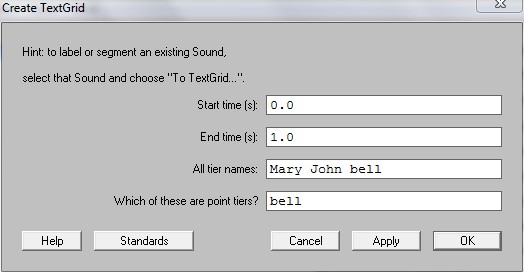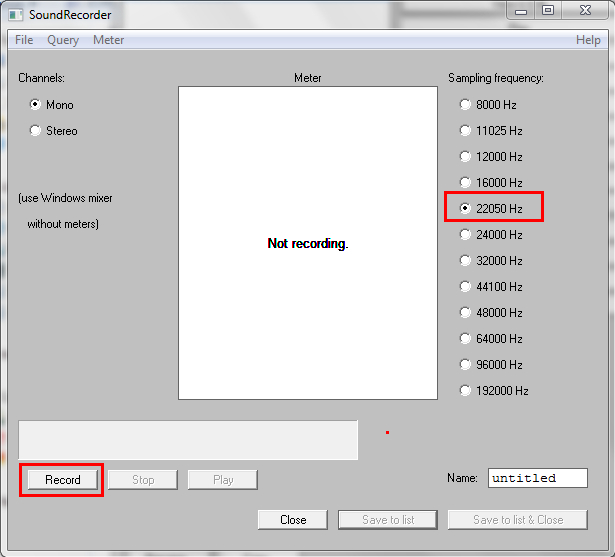
The next example shows, first, three cycles from a vowel after zooming in, followed by the aperiodic hissing of, both at the same zoom scale and for the same duration.With more periodic and aperiodic activity. The waveform of the utterance not got room for, The waveform of the utterance on our website, showing periodic and aperiodic activity.

This first example includes an unvoiced stop and a voiced stop.Any gaps you see are either occlusions or pauses. While looking at the examples on this page, assure yourself that there are no gaps between words in natural speech.Brief moments of silence might indicate occlusions of unvoiced stops or affricates, but they might also be pauses between phrases. A first glance along the waveform will immediately spot the periodic and aperiodic sequences, showing you already where to expect vowels, sonorant consonants, and unvoiced fricatives.Aperiodic waves are random rather than repetitive, in speech reflecting the turbulent air movement of the hissing of fricative consonants or aspiration of stops. In speech, this reflects the vibrations of the vocal folds during voicing. Periodic waves repeat some portion over and over again.This section is a reminder of the similar section in the Understanding waveforms tutorial, but illustrated with speech examples.What you then see at any given point in a speech waveform is one instance of a phoneme, that is similar to and yet different from all other instances of that phoneme. This all takes place in a unique context of situation and style for that moment. For example, before a British English /l/ has emerged from someone’s lips, it will have been narrowed down to a bright or dark variant (allophone) depending on the actual context speakers of some dialects might additionally vocalize it (make it or -like) in some contexts finally, it’s component articulator gestures will be woven into those of the neighbouring phonemes. If it has a physical composition, it’s the neural activity storing the knowledge necessary for its production. Remember that a phoneme is an abstract linguistic entity.You will have your recording on view in the Sound editor, where you will also be able to zoom in and out to inspect local detail, and listen to short selections.The usual working situation is that you already know what has been said and you need to recognize detail that will identify the places in the speech wave that are relevant for the phonemes of the spoken sequence.But you can identify characteristic features like voicing, occlusions, stop bursts and fricative hissing.It’s not possible to read a speech waveform and work out exactly what has been said.The examples are taken from FM radio broadcasts (British English).If you’re not sure what waveforms show, you should read Understanding waveforms and Understanding standard waveforms first.If R is a language with whom you are used to, it is better to continue to work with this language.This page is not complete yet Praat for beginners: Tutorial: Speech waveforms The easier way for you is to opt for tools that you know already. Then, you have to combine them, even to combine with your own code. These packages are not good or bad, they just don't offer all the options. If you are only interested in numerical analysis and data visualisation with R because your corpus is already segmented, look at the CRAN repository (keywords: phonetic, sound): Here is a website summarising tools that exist:

But the interoperability is rarely possible, consequently the combination are limited. In Phonetics, there are three steps needed in order to process and analyse your data: segmenting(/labelling), numerical analysis and data visualisation.Įach of these steps can be carried out independently, therefore you can choose a distinct tool for each of them.


 0 kommentar(er)
0 kommentar(er)
